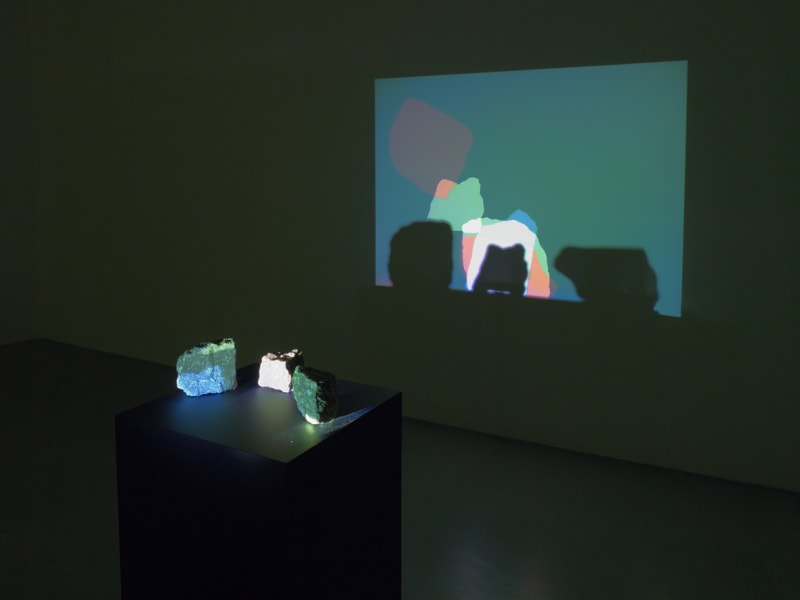EGILL SÆBJÖRNSSON
GYONATA BONVICINI ON EGILL SÆBJÖRNSSON
Egill Sæbjörnsson has since the late 1990s consistently captivated and amused audiences with his extraordinary transformations of objects. He has been working across a wide range of media including an unusual fusion of music, sound, video and installations. Underlying all of his work is a childlike spirit of discovery which encourages the viewer to look afresh at their surroundings. In Saelbjörnsson’s world everyday objects take on an unexpectedly lifelike quality; they balance on each other, play off each other and collide into one another with a witty intelligence infused by the artist.
As a common practice, Sæbjörnsson makes all of his costumes, props and scenery by hand. The props are assembled by combining found materials and, similarly, his narrative structure brings together a number of different sources. The artist incorporates accumulations of commonplace, everyday materials in his subtle, landscape-like installations such as ping pong balls, cardboard boxes, plastic bags, and musical instruments. However, the banality of these objects is transformed as dream-like, poetic structures, and dadaistic experiences. The characters of his performances observe their world with bemused detachment, reveling in the mundane and turning every undertaking into a leisure activity.
The gentle humour and superficial simplicity of this art belies its depth. Perhaps the thought that a child could make this art is the whole point. Only a childish (or an artistic) intelligence is capable of seeing the world with this innocence. This sophisticated artist is playing dumb in order to open themselves (and us) up to all human experience, and particularly to the kind of experience that children appreciate but that adults despise.
In Saebjörnsson’s work, all the different elements are detourned to destroy their authority, recognizing that the archive of a specific cultural history can only be reassembled as an unstable set of fragments. Sæbjörnsson’s icons are not so much a display of multiple identities, but rather as possible model, a starting point that provoke a singular loss of the centre, and explores the fascination of the drift. This continuous passage of meanings can be seen as a territory in which different functions are stratified, where real objects and their representation tend to intersect. Such a deformation of the meaning and purpose of these sources, while at the same time using and retaining their formal qualities does not result in destruction; the aim, rather, is a new configuration and displacement.
The dialogue between different characters allows the artist to stage a minimal and comical narrativity. Sæbjörnsson’s performances are akin to charades, most often featuring animated objects, so that an actor ‘becomes’ that character simply by the audience’s force of imagination. The rudimentary illusions created, and lack of unnecessary artifice, are echoed by his installation and bidimensional works. Sæbjörnsson knows that the most potent illusions can be created with the most perfunctory means, requiring only our willing complicity in the enterprise.
The artist’s reinterpretation of the genre of (self)portraiture – as seen through performance – also draws our attention to the sheer artifice which it involves. Sæbjörnsson’s are portraits stripped of their usual celebratory or redemptive functions. Useless as records of appearance for posterity, they become parodies of the original owners’ assertions of social status, elegance and good manners. Instead they might best be read as anti-portraits or ‘meta-portraits’; they are more meditations on the performative nature of identity and individuality than assessments of character or records of facial features.
Indeed, we could easily draw the conclusion from the works that ‘individuality’ is an unstable and ludicrous scaffold, used mostly to cover the archaic and nearly magical lifeforce within. By drawing attention to the crude mechanics of ‘civilised’ behaviour and social role-play, the artist allows the shared conceits of hierarchy and rank to become simply risible. In both his performances and installations, Sæbjörnsson gives a surreal and comic expression to the rude disjunctures between the social masks and the private faces that we all adopt.
-Gyonata Bonvicini, London, March 2007




